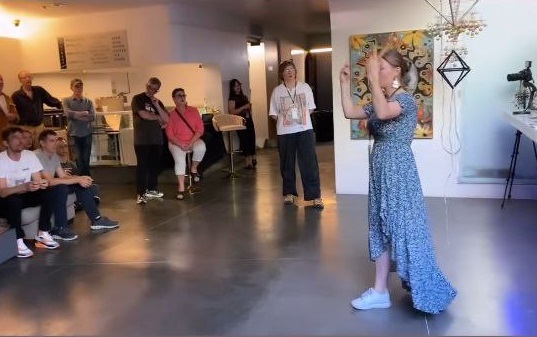Developing the "My Accentricate Art" talks, we collaborate with artists who are members of the 'Creators United - Solstice Meet-Ups' or participants in the Art Spa groups. We assist them in crafting their narrative stage presentations, exploring nuances of their cultural backgrounds and sharing their dreams and creative goals in the USA. Our partner and parent non-profit, RimoVision Group (Creative Theater for All), provides training in stage technique. This groundwork will culminate in a series of Art Talks Stand-Up shows, set to launch publicly in 2025. The goal of the program is to help underrepresented artists rediscover their voices in front of a new audience and foster a deeper connections between talented immigrants and American art enthusiasts. These shows will also be video recorded and distributed for the national audience outreach.
